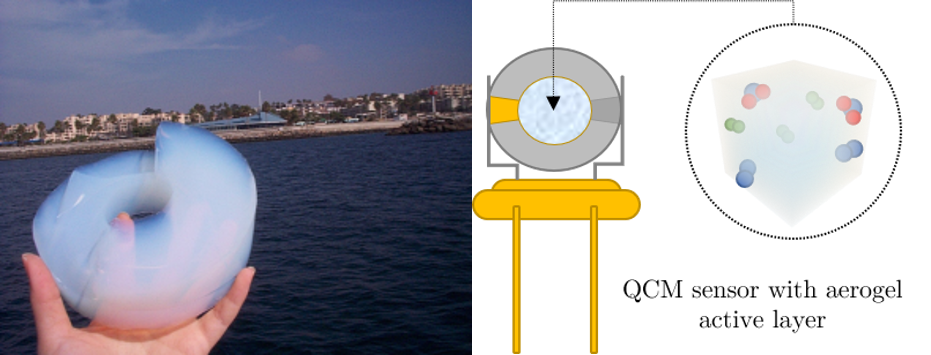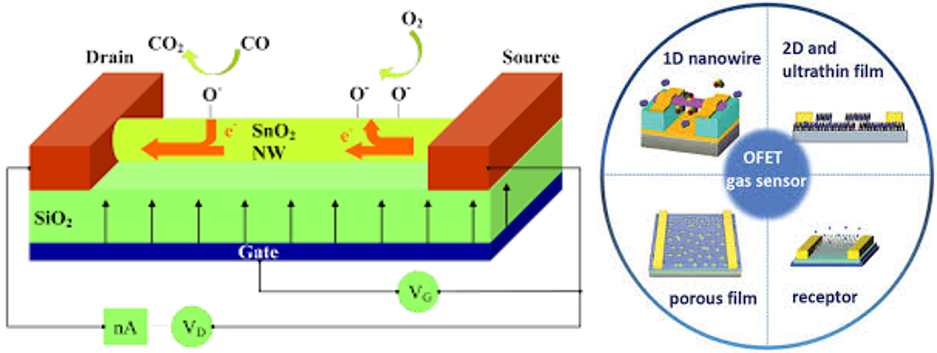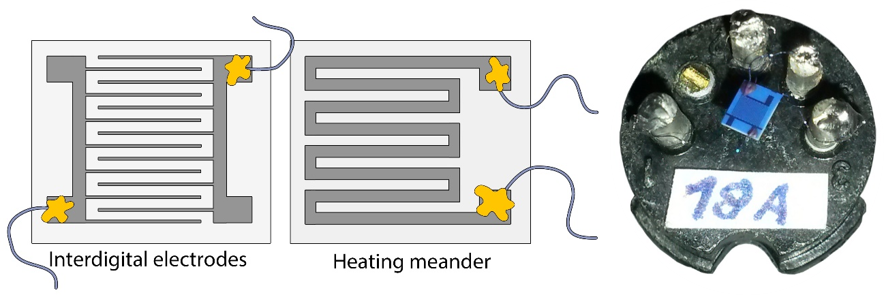
Utilization of drones for remote sensing of chemical substances
Contact: Ing. Přemysl Fitl, Ph.D.
SIS: link
 read more
read more
This topic is focused on quadcopter-type drones and wheeled chassis drones. The aim of this topic is to develop a solution enabling the use of commercially available drones that will be equipped with chemical gas sensors (toxic-harmful substances) including a system for remote data transmission. The topic will also address the possible deployment of drones by the emergency service or law enforcement agency.

Aerogels are solids with a very low density and huge porosity. In practice, their greatest use is in the field of thermal insulation - for example, NASA uses aerogels for thermal insulation of rockets. Aerogels can be created even from materials promising for gas detection by using the process of supercritical drying. This topic is focused on the preparation and use of aerogels based on SiO2 as a carrier, as well as on the formation of aerogels from materials directly usable for gas detection.

Black metals - perspective materials for chemical sensors and catalysis
Contact: Ing. Přemysl Fitl, Ph.D., Ing. Michal Novotný, Ph.D.
SIS: link
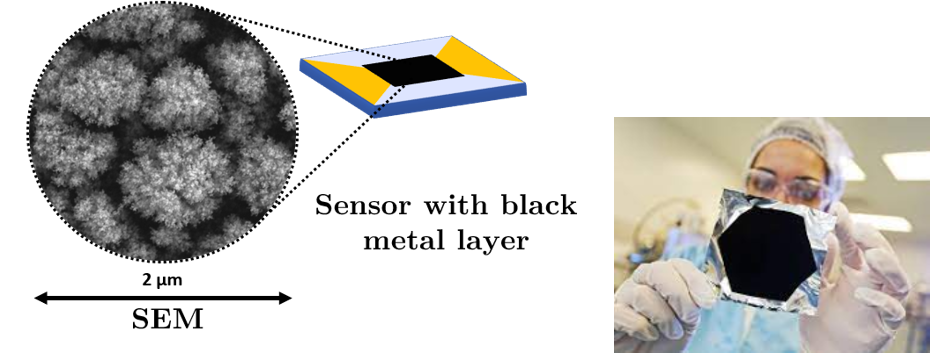 read more
read more
By methods such as vacuum deposition or laser ablation, it is possible to prepare metals absorbing the majority of the incident light. Absorption of incident light occurs due to the highly nanostructured surface. The incident rays are repeatedly reflected in the nanostructured surface until they are fully absorbed. Due to the large surface area and their interaction with light, black metals can be effectively used for the development of novel gas sensors.

The principle of the FET type transistor can be used for gas detection. The gas concentration then acts as an input - transistor gate. Currently, this principle is used in conjunction with modern and promising materials such as nanowires, nanotubes, and 2D materials to prepare highly sensitive gas sensors. The aim of the topic is to prepare a ChemFET transistor.

Polymeric ionic liquids: a new class of organic materials for chemical sensors
Contact: prof. Dr. Ing. Martin Vrňata,
SIS: link
 read more
read more
In PILs, the charge is transferred by carriers of only one sign, i.e. either cations (cation-polyanion type - Fig. A) or anions (polycation-anion type - Fig. B). In terms of processability, PILs are relatively easy to synthesize from available precursors. Resulting polymers are then applied to the substrates by "wet" methods such as dip-coating or spin-coating. Overall, it is possible to say that their synthesis and thin film deposition are inexpensive technologies. In this work student will focus on the synthesis of PILs and preparation of sensitive layers for gas detection sensors. Subsequently, he/she will characterize the parameters of the prepared sensors (sensitivity, selectivity, limit of detection, response dynamics) in the detection of various analytes.

Preparation of gaseous samples with a defined concentration of toxic substances using the Owlstone system
Contact: prof. Dr. Ing. Martin Vrňata
SIS: link
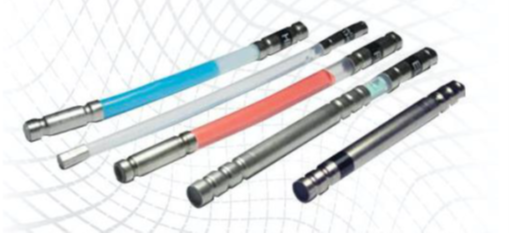 read more
read more
For the development of low-threshold detectors of toxic substances, it is necessary the availability of calibration mixtures with a low defined analyte concentration. Due to the difficulty of storing such mixtures in containers, dynamic preparation methods are often chosen. One of them is based on the defined permeation of a toxic substance from a tempered cartridge into a diluent gas stream. Student will try the preparation of samples by permeation method on a professional OwlStone system and he/she will try the gravimetric determination of the concentration of the resulting mixture.

For a chemoresistor, as a semiconductor sensor, it is important to stabilize its operating point. In particular, it is important to stabilize its temperature and thus minimize the drift of its baseline. The aim of this work is to design and implement both a single analog stabilization circuit and a stabilization circuit with a microcontroller; measure their behaviour; and compare their possibilities, advantages, and disadvantages.

Preparation of low concentration analytes for chemoresistors
Contact: Ing. Ladislav Fišer, Ph.D.
SIS: link
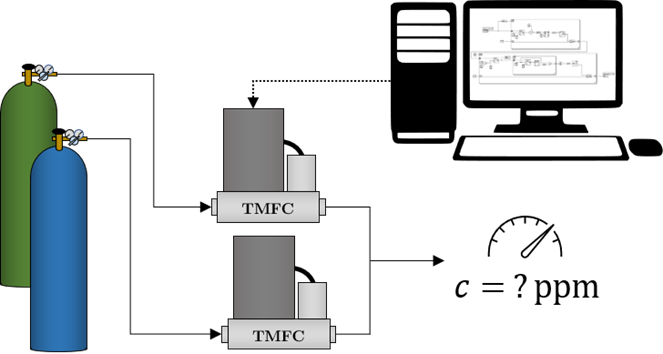 read more
read more
When testing the sensor properties of chemiresistors, the preparation of test gas mixtures of the desired concentration is an important part of the work. One possible variant of the preparation is continuous or batch mixing of samples using TMFC (Temperature Mass Flow Controller). The aim of this work is to set up the communication between TMFC and the computer, to design and implement software for mixing test mixtures, and to verify the functionality of such preparation.

Laser annealing of optically active materials for optoelectronics and sensors
Contact: Ing. Michal Novotný, Ph.D.
SIS: link
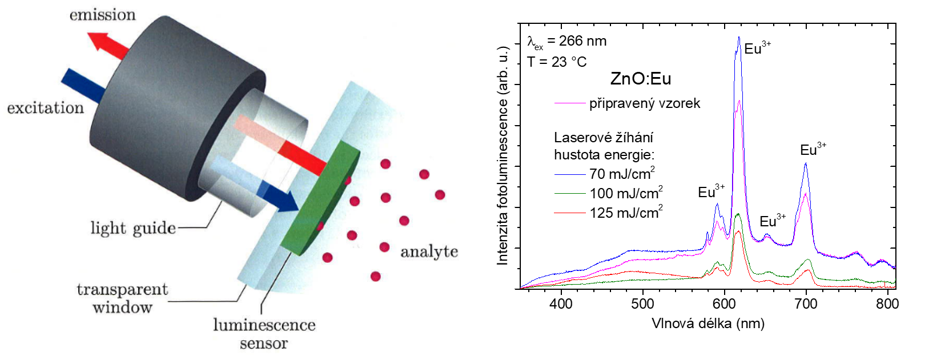 read more
read more
Pulsed laser annealing is a method suitable for precise tuning of the properties of thin films. The layers can be deposited on flexible substrates that are not resistant to heat. By optimizing this method, it is possible to activate and improve the fluorescence properties of nanostructured oxide thin films doped with rare earth metals. These films are suitable for applications in optoelectronics and for advanced chemical sensors enabling optical detection (eg, oxygen concentration sensors in food packaging). An in-situ optical monitoring system can be advantageously used to precisely control the laser annealing process.

